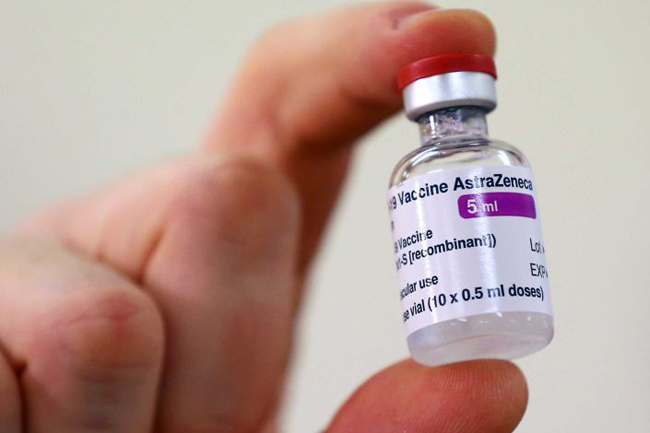WHO to release recommendation for two versions of AstraZeneca vaccines
February 6, 2021 06:43 pm
World Health Organization chief Tedros Adhanom Ghebreyesus called on more pharmaceutical companies on Friday to share manufacturing facilities to help ramp up the production of COVID-19 vaccines.
The WHO also said its technical advisers would meet next week to assess versions of the AstraZeneca vaccine from the Serum Institute of India (SII), the largest vaccine maker, and from South Korea’s SK Bioscience ahead of a possible WHO emergency listing.
Speaking at an online news briefing from Geneva, Tedros said almost 130 countries with a combined population of 2.5 billion people were yet to administer any vaccines, and repeated his plea for rich nations to share doses with poorer countries once they have vaccinated health workers and older people.
“But we also need a massive scale-up in production,” the WHO director-general said.
“Last week, Sanofi announced it would make its manufacturing infrastructure available to support production of the Pfizer/BioNTech vaccine. We call on other companies to follow this example.”
France’s Sanofi said last week it would fill Pfizer’s vaccine from July, aiming to help supply more than 100 million doses this year amid massive demand.
Other companies are already getting on board, as well.
Switzerland’s Novartis struck a similar deal for the Pfizer shot, while Germany’s Bayer signed on to help CureVac.
Emergency Approval
The WHO has so far approved a single COVID-19 vaccine for emergency use, the shot from Pfizer and its German partner, BioNTech.
That could be expanded soon, with the independent WHO advisory group meeting on Feb. 15 to look at versions of AstraZeneca and its partner Oxford University’s shot being made by the Serum Institute of India and SK Biosciences in South Korea.
“This data only came to us a few weeks ago,” Mariangela Simao, WHO assistant director-general for vaccine access, said of the upcoming assessment, adding the group must analyse not only AstraZeneca’s “core data”, but also data from sites where the vaccine is being made, of which there are eight, before issuing its recommendation.
Source: Reuters
-Agencies












